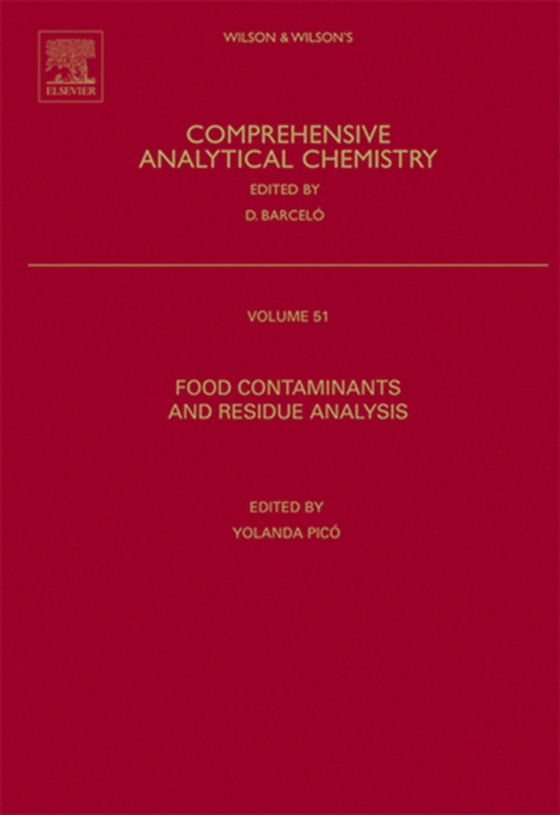
Food Contaminants and Residue Analysis e-bog
2190,77 DKK
(inkl. moms 2738,46 DKK)
Food Contaminants and Residue Analysis treats different aspects of the analysis of contaminants and residues in food and highlights some current concerns facing this field. The content is initiated by an overview on food safety, the objectives and importance of determining contaminants and residues in food, and the problems and challenges associated to these analyses. This is followed by full d...
E-bog
2190,77 DKK
Forlag
Elsevier Science
Udgivet
10 september 2008
Længde
848 sider
Genrer
Food and beverage technology
Sprog
English
Format
epub
Beskyttelse
LCP
ISBN
9780080931920
Food Contaminants and Residue Analysis treats different aspects of the analysis of contaminants and residues in food and highlights some current concerns facing this field. The content is initiated by an overview on food safety, the objectives and importance of determining contaminants and residues in food, and the problems and challenges associated to these analyses. This is followed by full details of relevant EU and USA regulations. Topics, such as conventional chromatographic methods, accommodating cleanup, and preparing substances for further instrumental analysis, are encompassed with new analytical techniques that have been developed, significantly, over the past few years, like solid phase microextraction, liquid chromatography-mass spectrometry, immunoassays, and biosensors. A wide range of toxic contaminants and residues, from pesticides to mycotoxins or dioxins are examined, including polychlorinated biphenyls, polycyclic aromatic hydrocarbons, N-nitrosamines, heterocyclic amines, acrylamide, semicarbazide, phthalates and food packing migrating substances. This book can be a practical resource that offers ideas on how to choose the most effective techniques for determining these compounds as well as on how to solve problems or to provide relevant information. Logically structured and with numerous examples, Food Contaminants and Residue Analysis will be valuable a reference and training guide for postgraduate students, as well as a practical tool for a wide range of experts: biologists, biochemists, microbiologists, food chemists, toxicologists, chemists, agronomists, hygienists, and everybody who needs to use the analytical techniques for evaluating food safety.
 Dansk
Dansk

